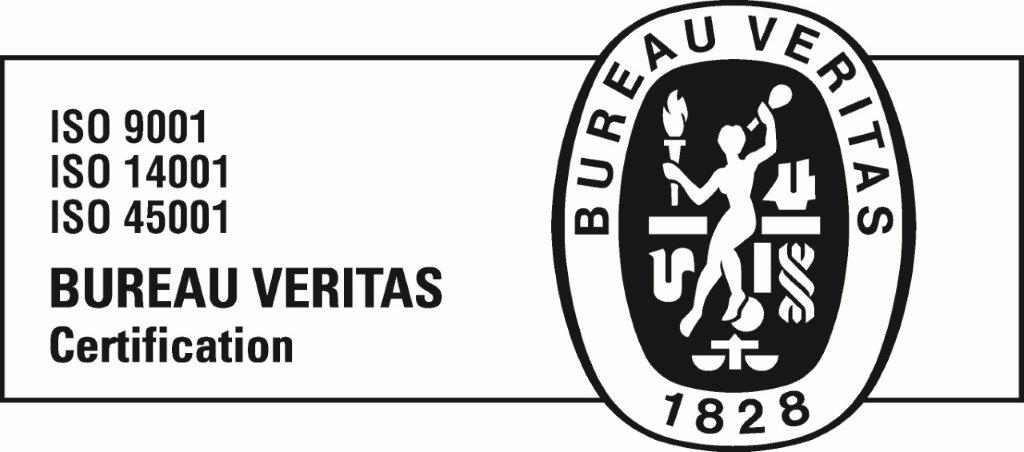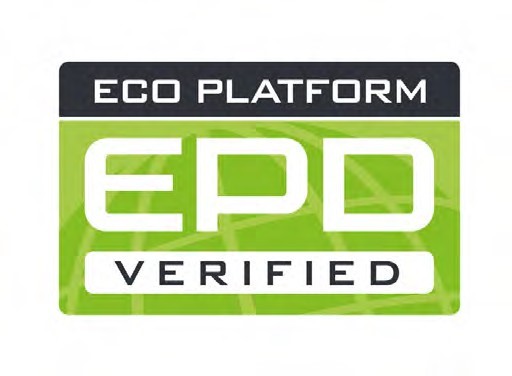At Granilouro we work with one of nature’s most solid and durable elements, granite. Much of these qualities come from its own mineralogical composition. Also feldspar and mica, but above all quartz happens to be one of the hardest and most resistant minerals to both abrasion and weathering. It is there, in quartz, where the main cause of the granite’s rotundity is to be found. But it is not the only one.
At least three other reasons are known to make our favourite stone the queen of cities all over the world. The first is the formation process itself, which begins in the magma beneath the earth’s surface and ends in granite as we know it. To reach this last point, a very long process of natural cooling of the magma is necessary, which allows crystals of large dimensions and perfect definition to form, which ultimately contribute to shaping the two main characteristics of granite: hardness and durability.
Another reason is to be found in the very structure of our stone. Feldspar, mica and quartz all have a very stable crystalline structure, full of elements that are linked together in a way that is as strong as it is harmonious. If granite is particularly resistant to fracture and to the erosion of nature itself, it is precisely because of this practically impregnable structure.
Finally, when talking about the solidity and durability of a mineral such as granite, it is important not to forget its granular texture. Like the aforementioned crystalline structure, granite is made up of an infinite number of intergranular joints that provide the cohesion that makes our stone the ideal mineral to withstand the everyday life of human beings.
These specific characteristics give granite an almost unbelievable resistance to different meteorological phenomena. Our favourite mineral is resistant, for example, to the chemical and physical agents that weathering entails, as it neither dissolves in water nor is it easy prey to some of the most harmful acids found in the environment, such as carbonic acid.





